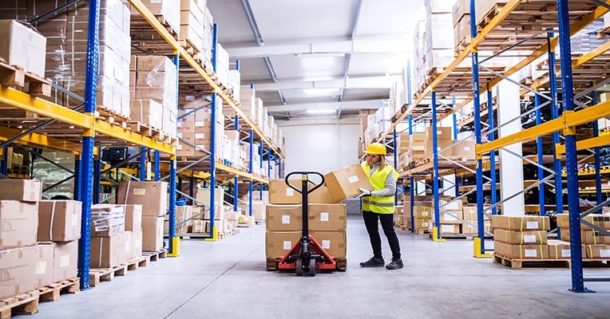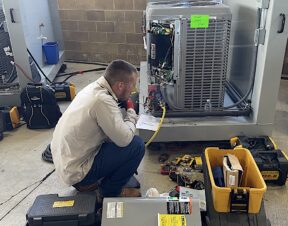The use of warehouses provides a vital role in storing, packing and shipping off supplies to buyers, whether it is commercially or for personal use. The ability for consumers to purchase goods online, from the comfort of home, has increased the numbers of goods that need to be processed to keep up with the demand. This has been particularly prominent in 2020 during the pandemic when the majority of people were confined to their homes during lockdown and were buying goods online as opposed to shopping in stores due to their closure.

Keeping Up to Date With Warehouse Operations
For large companies like Amazon it is not really an issue having to spend money to upgrade their warehouse facilities when they dominate the market, with an annual revenue of 280.5 billion U.S. dollars. It is more a dilemma for small businesses that need to find a way to keep up to date with market trends and warehouse solutions to remain relevant whilst still enduring daily costs.
Cutting Back On Costs With The Use of Robotics
The first area a business is going to look at is how they can reduce costs, in order to maximum profit margins. Usually the solution would be to reduce the number of staff that you employ. Yet you still need to find a way to be able to distribute your goods. This is where the implementation of robots has emerged in the last few years.
By introducing artificial intelligence into the warehouse, it enables an item to be detected, picked up and accurately placed accordingly. Which is certainly going to be a lot quicker than a member of staff. You would be able to operate the warehouse on less staff, with a select few supervising the robotic machinery. In fact, this is exactly what’s going on with the warehouses in Dallas right now like the Maersk and Fabric Inc. Warehouse.
Artificial Machinery to Efficiently Locate and Label Goods
Having to manually input and label each address sticker is going to be time consuming and laborious for staff. To address this issue and perform tasks at a quicker pace, the use of artificial machinery is being adopted in these instances to minimize human error and complete the task more efficiently. They utilize an IoT system (the Internet of Things) which enables the system to perform its tasks. This technology allows it to recognize how many products are located in the warehouse and where to find them.
The Ability To Fulfill Deliveries Quicker With the Use of Drones
With the use of drone technology, this would allow warehouses to keep up with demand, especially in order to fulfill fast delivery options for the consumer. Which can impact on customer satisfaction. The drones enable goods to be located in a timely manner, in the most difficult to reach places in the warehouse. Its image recognition technology enables business owners to oversee any warehouse logistics and provide up to date information on item inventory which can significantly reduce loss or thefts occurring.




Join the conversation: